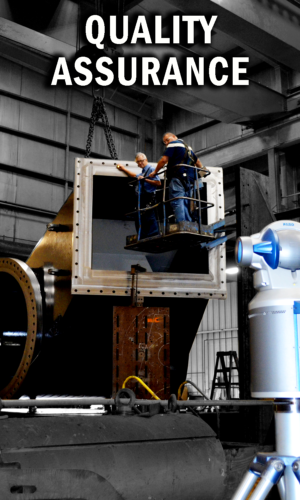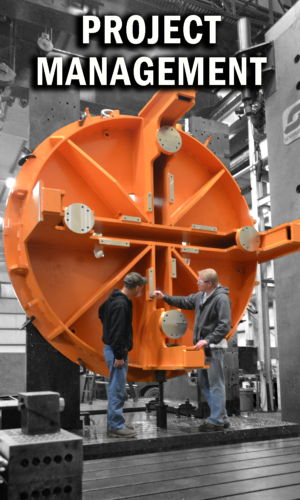Our project managers apply their knowledge, skills, tools and techniques to meet our customer’s deadlines and exceed their expectations. The project management approach provides one main point of contact to the customer with the goal of making the customer’s experience straight forward and enjoyable. It can be as “hands-on” as the customer prefers or as simple as allowing our PM to manage all the details of bringing the project to completion while reporting the activity along the way. In order to achieve this, our PM’s communicate with everyone from shop floor operations to high level management in order to keep the project on schedule and within budget.
The benefits of taking a project management approach are experienced by everyone involved in the process: the manager who oversees the project, the Brilex stakeholders involved in carrying out work on the product and the customer who places their trust in Brilex and anxiously awaits the final product. Examples of these benefits include:
-
- An immediate contact when you need them
- Greater efficiency in delivering services
- Improved Quality
- Greater Flexibility
- Continuous Monitoring
- Improved Customer Satisfaction







